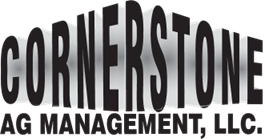Tackling Labor Shortage on Your Farm
Like many dairy farms, La Luna Dairy struggles to find enough workers to keep their 1,400-cow Colorado dairy humming. Not too long ago it did not matter how many help-wanted ads they put out, they only had 23 of their 28 full-time positions filled. “Labor shortage is a big challenge,” owner Jon Slutsky says. “Although we are doing better for the moment, even though we are frequently at least one employee short.”
The struggle is felt far beyond the Colorado dairy farm. Labor shortage is a top concern and a constant headache for many dairy farmers from coast to coast.
“Attracting and keeping employees is a shared challenge for dairy farmers facing competitive labor markets and labor shortages,” Nicole Ayache, senior director of sustainability initiatives for National Milk Producers Federation (NMPF) says.











